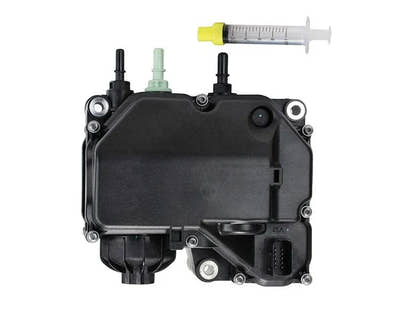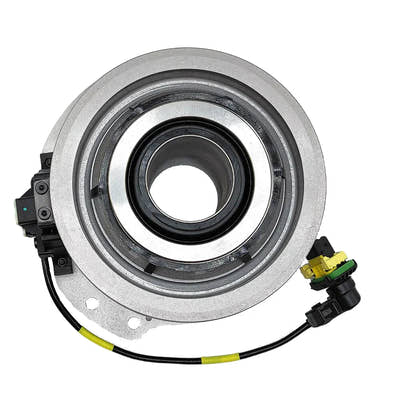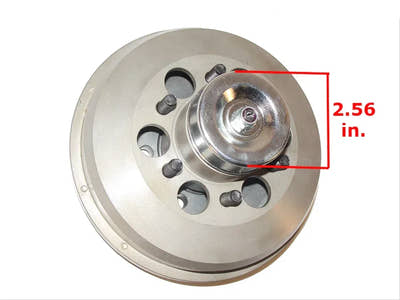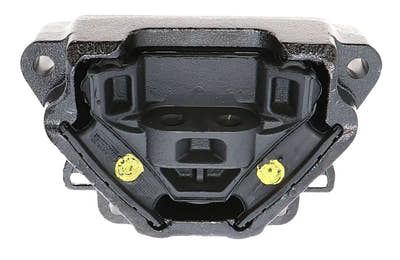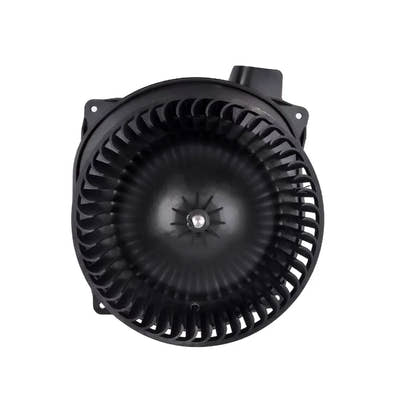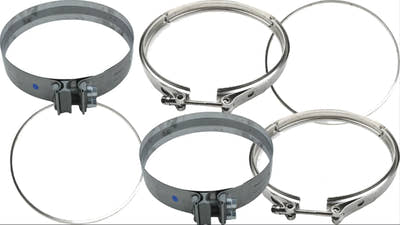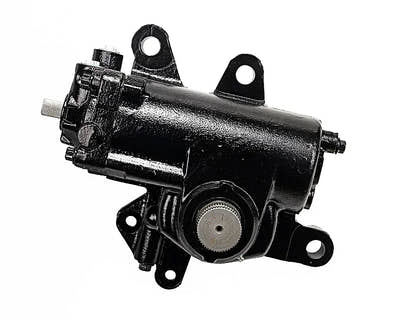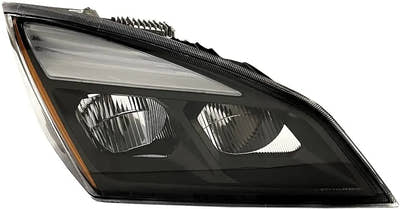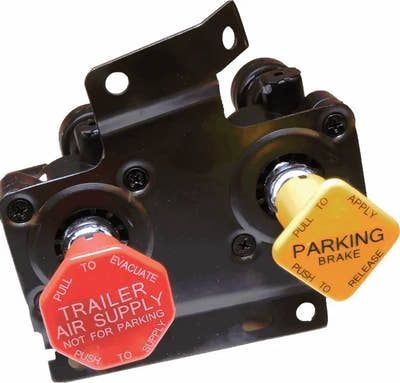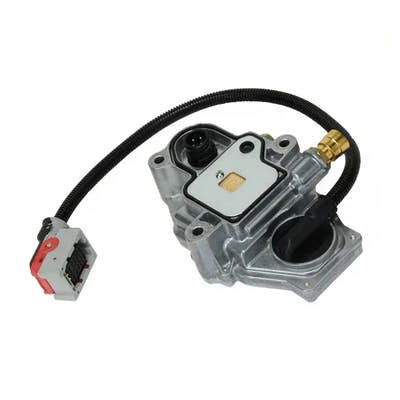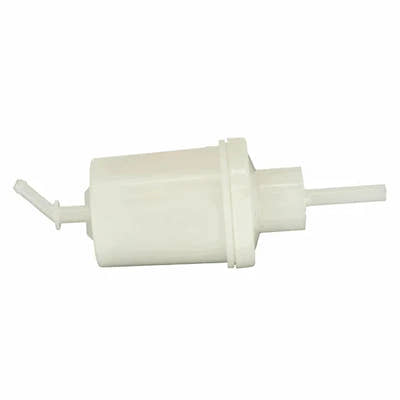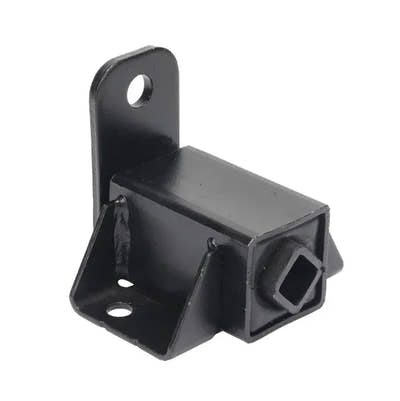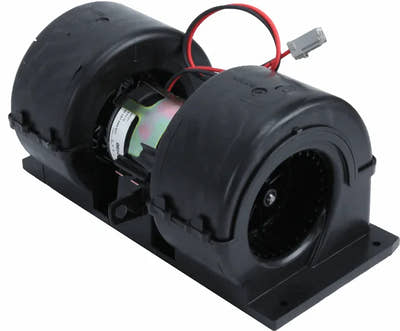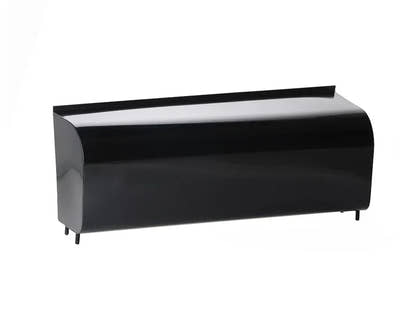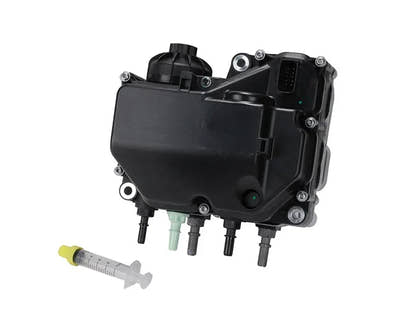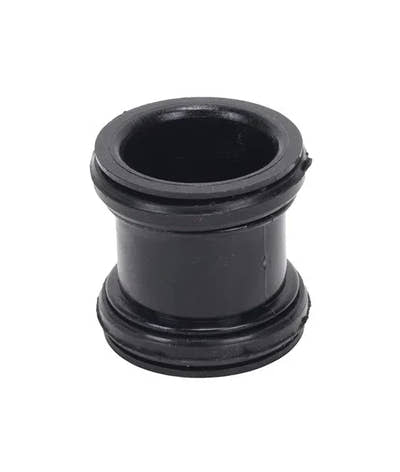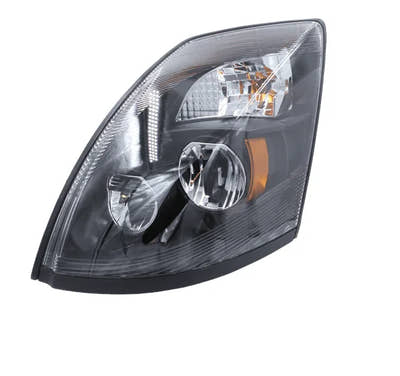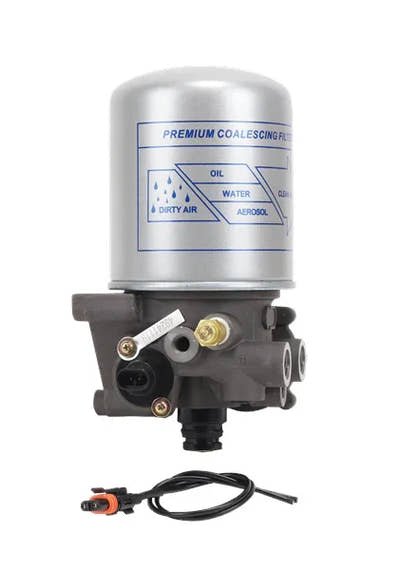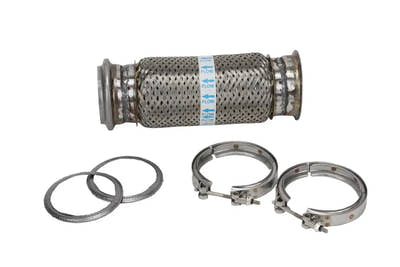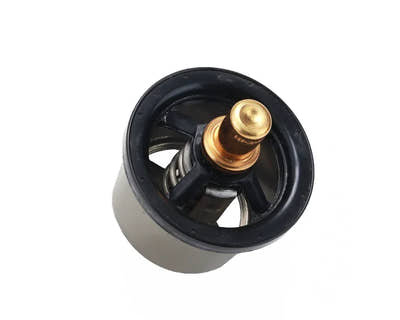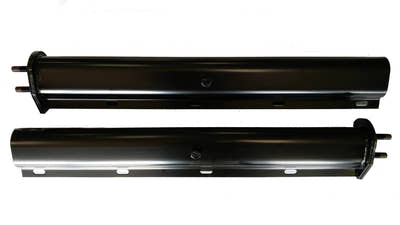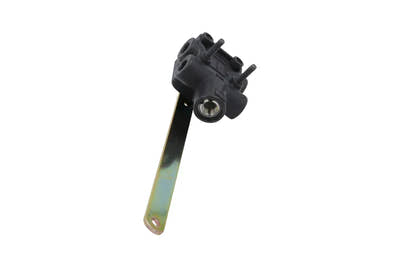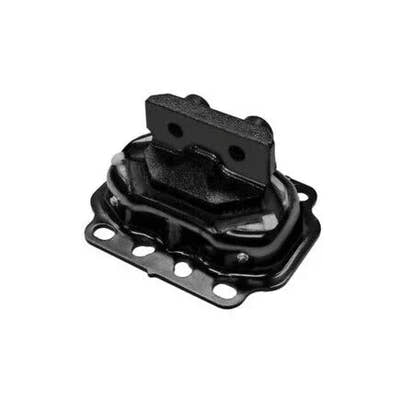How do you measure the brake shoes on a semi truck?
Measuring the thickness of the brake shoe lining on a semi truck is an important task that helps ensure the brakes are functioning properly. In this article, we will provide a step-by-step guide on how to measure the thickness of the brake shoe lining on a semi truck, as well as some tips to make the process as easy as possible. We will also discuss the minimum required thickness for brake shoe lining on the steering axle and non-steering axles (also known as drive axles or tag / additional axles) of a semi truck.
Here's a simple, step-by-step guide on how to measure the thickness of the brake shoe lining on a semi truck:
-
Gather the necessary tools and materials: To measure the thickness of the brake shoe lining on your semi truck, you will need a caliper, a piece of paper, and a pen or pencil.
-
Locate the brake shoes: The brake shoes on a semi truck can typically be found inside the brake drum, which is located near the wheel.
-
Measure the thickness of the brake shoe lining: To measure the thickness of the brake shoe lining, use the caliper to measure the distance between the top and bottom of the brake shoe lining. Be sure to only measure the lining and not the metal base of the brake shoe if applicable per manufacturer's specifications. Write down this measurement on the piece of paper.
-
Compare your measurement to the minimum required thickness:
- On the steering axle of a semi truck, the minimum required thickness for brake shoe lining is 4.8 mm (3/16 inch) at the shoe center for a shoe with a continuous strip of lining, 6.4 mm (1/4 inch) at the shoe center for a shoe with two pads, or worn to the wear indicator if the lining is so marked, for air drum brakes. For air disc brakes, the minimum required thickness is 3.2 mm (1/8 inch).
- On non-steering axles (also known as drive axles or tag / additional axles) of a semi truck, the minimum required thickness for brake shoe lining is 6.4 mm (1/4 inch) or to the wear indicator if the lining is so marked (measured at the shoe center for drum brakes). For disc brakes, the minimum required thickness is 3.2 mm (1/8 inch). If your measurement is less than the minimum required thickness, the brake shoe lining may need to be replaced.
- Record your measurement: Be sure to record your measurement on the piece of paper, as this will help you keep track of the condition of the brake shoe lining over time.
In conclusion, measuring the thickness of the brake shoe lining on a semi truck is an important task that helps ensure the brakes are functioning properly. By following the steps outlined above and using the proper tools and techniques, you can easily measure the thickness of the brake shoe lining on your semi truck and determine if it needs to be replaced. Just be sure to follow the manufacturer's instructions and use caution when working with heavy machinery, and you should have no problem getting your truck back on the road in no time. It is important to regularly check the thickness of the brake shoe lining to ensure that your semi truck is operating safely and efficiently. Failing to properly maintain the brakes can lead to dangerous situations on the road, so be sure to follow the minimum required thickness guidelines and replace the brake shoe lining as needed.

